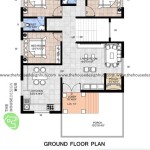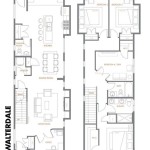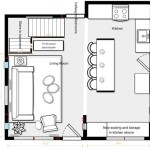Master Plan Housing Development: Essential Aspects
Master plan housing development is a comprehensive approach to creating sustainable and livable communities. It involves meticulous planning and a holistic understanding of the needs of residents, the environment, and the surrounding infrastructure. Here are some essential aspects of master plan housing development:
Land Use Planning
Land use planning is the foundation of master plan housing development. It involves determining the optimal allocation of land for various uses, such as residential, commercial, industrial, and recreational purposes. The goal is to create a balanced and functional community that meets the diverse needs of the residents.
Density and Diversity
Master plan housing developments often aim for a mix of housing types and densities to promote diversity and inclusiveness. This includes single-family homes, multi-family units, and affordable housing options. By providing a range of housing options, master plan developments can attract a diverse population and create a vibrant community.
Transportation and Accessibility
Transportation and accessibility are crucial considerations in master plan housing development. The layout should prioritize connectivity and walkability, with well-designed roads, sidewalks, and bike paths. Additionally, public transportation options such as buses, trains, and light rail systems should be integrated into the plan to facilitate easy movement within the community and beyond.
Community Amenities
Master plan housing developments often include a range of community amenities to enhance the quality of life for residents. These amenities may include parks, recreation centers, fitness facilities, community gardens, and retail spaces. By providing these amenities within the development, residents can enjoy a sense of place and a convenient lifestyle.
Sustainability and Resilience
In today's world, sustainability and resilience are paramount in master plan housing development. Incorporating green building practices, energy-efficient technologies, and renewable energy sources can reduce the environmental impact of the development while creating healthier living environments for residents. Additionally, planning for resilience against natural disasters and climate change is essential to ensure the long-term viability of the community.
Economic Development
Master plan housing developments can also stimulate economic development within the surrounding area. By creating a vibrant and desirable community, the development can attract businesses, create jobs, and increase property values. Additionally, the inclusion of mixed-use spaces can promote a thriving local economy.
Implementation and Governance
Successful implementation and governance are essential for the long-term success of master plan housing developments. Clear guidelines and regulations should be established to ensure that development adheres to the master plan and meets the needs of the community. Additionally, ongoing collaboration between stakeholders, including residents, developers, and local government, is crucial to address changing needs and maintain the vitality of the development over time.

The Highlights Of Master Plan Are New Housing Blocks On South Scientific Diagram

Beechfield Housing Kay Elliott

Mega Housing Development Underway In Lee County Tri Properties

Residential In China Urban Design Plan Site Landscape Architecture

Cathedral Housing Boehm Architecture

Dongjiang Harbor Master Plan Hao Archiland Archdaily

Masterplanning Gssarchitecture

Alexander Gorlin Architects Houston Urban Development Master Plan

Smr Master Plan Government Envisages Housing For All By 2025 The News Now

Development Services Powells Rural Agency








